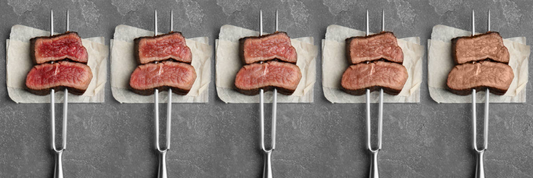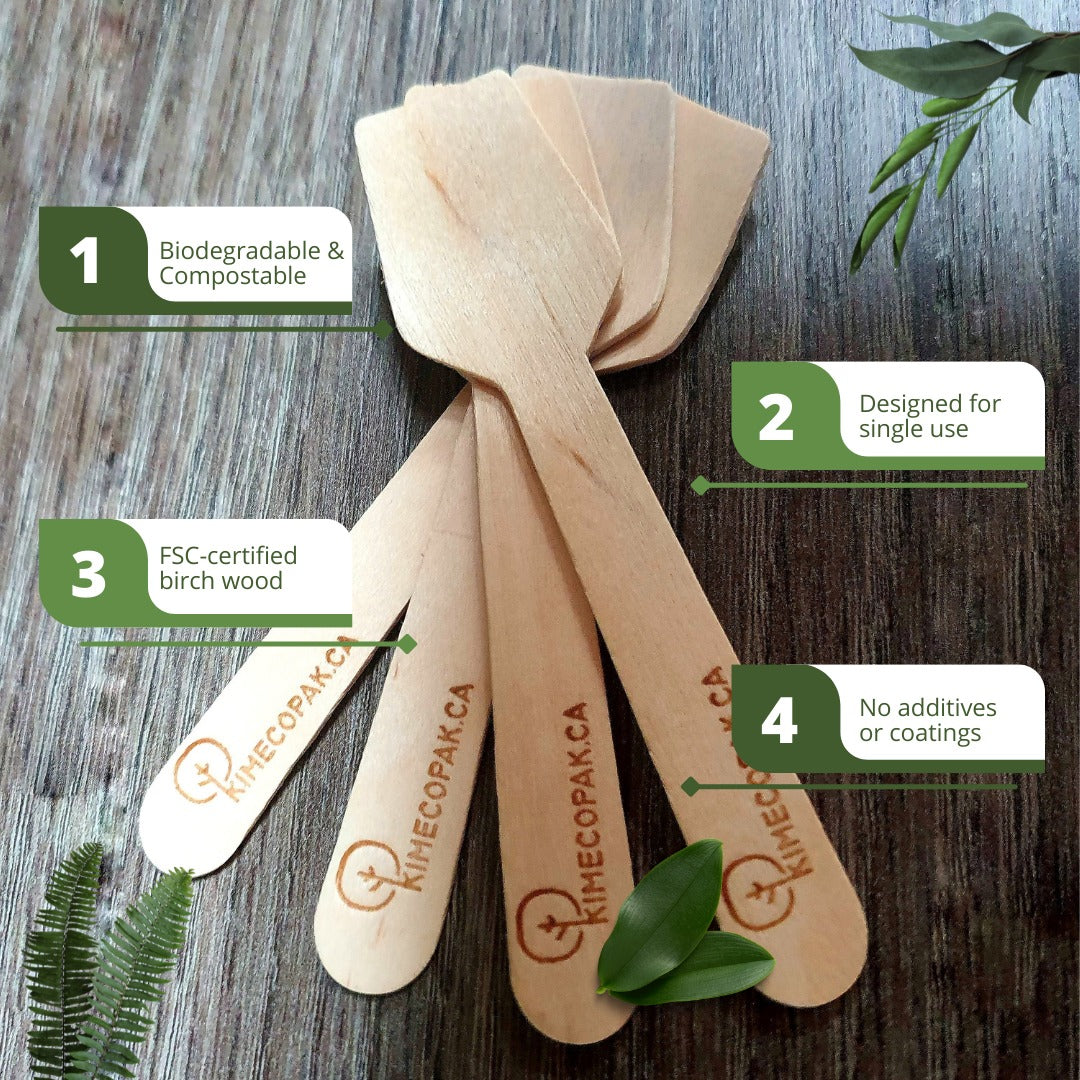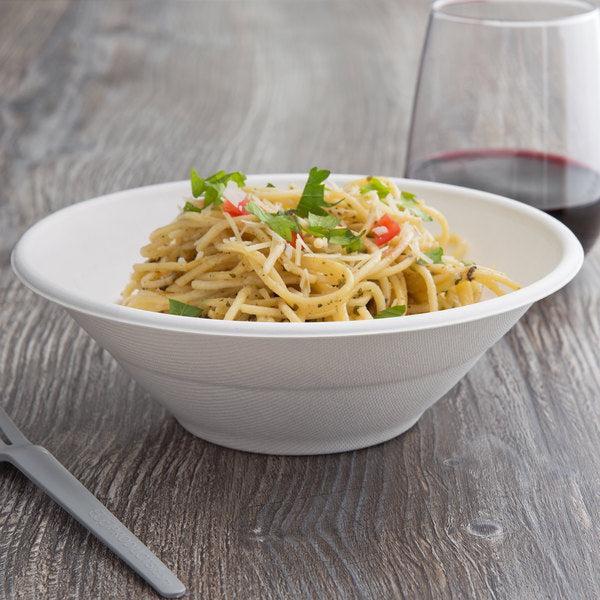Su Filindeu Pasta, meaning “Threads of God” in Sardinian, is widely regarded as the rarest pasta in the world. Known for its intricate preparation and extraordinary texture, this ancient dish is crafted using a technique mastered by only a handful of people. Each piece consists of 256 impossibly thin strands, delicately woven together to form a unique lattice structure. Despite its historical and cultural significance, Su Filindeu faces the threat of extinction, making it not only a culinary treasure but also an urgent preservation challenge.
History and Cultural Significance
A 300-Year-Old Tradition
Su Filindeu has been a part of Sardinian heritage for over three centuries. Its history is deeply tied to the annual San Francesco Festival, held every May and October. This pasta is traditionally prepared as a special offering for pilgrims who embark on a demanding 33-kilometer journey from Nuoro to Lula, where they gather to celebrate the feast of Saint Francis.
Unlike mass-produced pasta, Su Filindeu is not widely available in restaurants or stores. It is a dish of devotion, made exclusively for those who participate in this sacred tradition.

A Secret Passed from Mother to Daughter
The knowledge of making Su Filindeu has been carefully passed down through generations, primarily from mother to daughter. Today, however, this tradition is on the brink of vanishing, with only a few elderly women—most notably Paola Abraini—still possessing the skill. As modern lifestyles shift away from labor-intensive culinary traditions, the risk of losing this rare craft becomes increasingly real.
Ingredients and Preparation: A Test of Skill
Simple Ingredients, Complex Craftsmanship
Su Filindeu is made from just three ingredients:
- Semolina flour
- Water
- Salt
While the ingredient list is minimal, the technique required to transform these elements into delicate, thread-like strands demands exceptional precision, patience, and years of practice.
The Challenging Process of Making Su Filindeu
Step 1: Kneading and Stretching
The dough is kneaded until it reaches the perfect elasticity. It is then pulled and folded repeatedly, creating layers upon layers of ultra-thin strands. The final texture is so delicate that it is often compared to silk threads.
Step 2: Weaving the Pasta
Once stretched, the strands are carefully arranged in a precise, crisscross pattern on a circular wooden frame, forming a fragile yet structured lattice.
Step 3: Sun-Drying
The pasta is then left to dry under the Sardinian sun, ensuring its signature crispness and unique texture.
Step 4: Cooking and Serving
Unlike traditional pasta, Su Filindeu is not boiled separately. Instead, it is gently broken into pieces and simmered directly in a rich lamb broth, absorbing its deep, savory flavors. The dish is typically finished with Pecorino cheese, adding a creamy, salty contrast.

The Struggle to Preserve Su Filindeu
A Dying Art Form
Su Filindeu is at risk of disappearing due to its extreme difficulty and the declining number of artisans who can make it. Younger generations are reluctant to dedicate the time and effort needed to master this demanding technique, putting the future of the dish in jeopardy.
Efforts to Save This Culinary Heritage
Despite its challenges, several well-known chefs and food historians have attempted to preserve the tradition of Su Filindeu:
- Renowned chefs like Rob Gentile and David Marcelli have visited Sardinia to learn the technique firsthand.
- Celebrity chef Jamie Oliver once attempted to make Su Filindeu, only to admit defeat, highlighting just how difficult the process is.
- Some initiatives aim to document and teach the craft to a new generation, but success has been limited.
Conclusion: Will Su Filindeu Survive?
Su Filindeu Pasta is more than just a rare dish—it is a symbol of Sardinian heritage, a culinary masterpiece, and a reminder of the importance of preserving traditional food craftsmanship. Whether this extraordinary pasta continues to exist will depend on the willingness of younger generations and the support of the global culinary community.
For those who wish to experience Su Filindeu, a journey to Sardinia during the San Francesco Festival may be the only way to taste this one-of-a-kind pasta, made by the last remaining masters of the craft.







